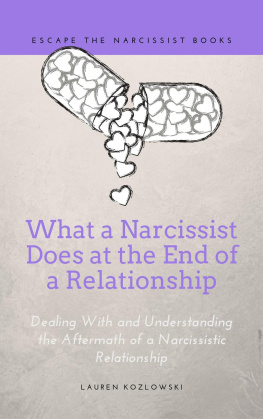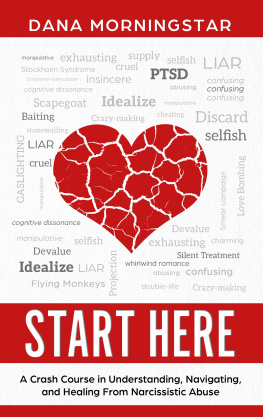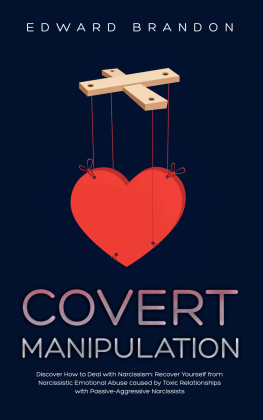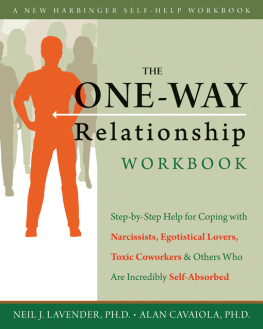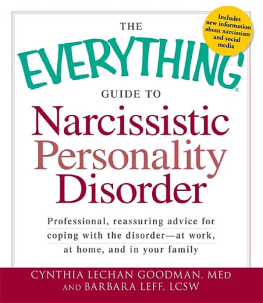All Rights Reserved. No part of this book may be reproduced in any form without permission in writing from the author. Reviewers may quote brief passages in reviews.
Disclaimer: No part of this publication may be reproduced or transmitted in any form or by any means, mechanical or electronic, including photocopying or recording, or by any information storage and retrieval system, or transmitted by email without permission in writing from the publisher.
While all attempts have been made to verify the information provided in this publication, neither the author nor the publisher assumes any responsibility for errors, omissions or contrary interpretations of the subject matter herein.
This book is for entertainment purposes only. The views expressed are those of the author alone, and should not be taken as expert instruction or commands. The reader is responsible for his or her own actions.
Adherence to all applicable laws and regulations, including international, federal, state and local laws governing professional licensing, business practices, advertising and all other aspects of doing business in the US, Canada, UK or any other jurisdiction is the sole responsibility of the purchaser or reader.
Neither the author nor the publisher assumes any responsibility or liability whatsoever on the behalf of the purchaser or reader of these materials. Any perceived slight of any individual or organization is purely unintentional.
Introduction
Narcissism is a hot topic right now. Everyone seems to be talking about it, and there are tons of books being published on the topic. What makes this book different from the other books out there? Many hours of research have gone into this book, and it contains the latest information. More than that, this book is not about teaching you how to diagnose a narcissist clinically, but instead, it is about showing you how you can identify the narcissists in your life.
Narcissists can cause unseen damage. They are masters of disguise. They make us feel that we are safe and loved in the beginning, only to turn on us and cause us pain. Maybe you have someone in your life that you think may be a narcissist. Maybe you are wondering if a specific person in your life displays narcissistic tendencies.
It can be hard to identify a narcissist by their behavior early on in a relationship. They can come across as confident and motivated. They can be extremely successful, which can make it hard to believe that they are narcissists or that they could abuse you.
Growing up with a narcissist in your family can make you feel as if you have nowhere to turn. You may feel that they can convince everyone else that you are the problem. They can make you feel that you are completely alone. By identifying the narcissist, you are going to be able to take the control back from them, and that is exactly what you are going to learn how to do in this book.
Narcissists thrive on being in control. They want someone in their life that is going to do exactly what they say right when they say it. How do they find these people? How does a narcissist choose their target? By understanding the answers to these questions, you will be able to protect yourself from narcissists now and in the future.
This book was created with you in mind. So many people want to focus on the narcissist; they seem to be obsessed with what motivates a narcissist and want to know the inner workings of the narcissist's brain. I feel that we should focus on the person that the narcissist targets. Ensuring that you are no longer the victim of a narcissist and helping you to move forward with your life is much more important and much more fascinating than why a narcissist does what they do.
Throughout this book, you will hear stories of Todd and Stacy. Todd is a narcissist; Stacy is his partner. You will see how Stacy was able to identify Todd's behavior and start protecting herself from his abusive tendencies. You will learn how you can do that as well.
Most importantly, you will learn what to do if you are the victim of a narcissist, how you can move forward with your life, and where you can find help.
Chapter One: Understanding Personality
"She has such a great personality." Have you ever heard someone say this? Maybe you have said it yourself. It is something that most people say regularly, but what is personality? Personality does not have one single definition.
In 1950 Raymond Cattell stated that personality is what allows us to predict what someone is going to do in any given situation.
In 1999 Walter Mischel described personality as the pattern of a person's behavior, which includes their thoughts, their feelings, their actions, and their emotions.
There are many other definitions of personality out there, but one thing that all of them have in common is the idea that a person's personality is made up of the constant behavior that they display. For example, if you are pleasant all of the time, people will describe you as having a pleasant personality.
Every day, we assess different types of personalities. Personality Psychology does this as well; it is the scientific study of what makes you, you. Personality Psychology is about understanding how a person's personality develops, as well as how their personality influences them as a person.
The personality is something that comes from within you. Of course, personality can be influenced by genetics, the environment in which a person grows up, and their life experiences.
The most widely accepted theory of personality is the "Big Five." According to the Big Five Theory, every person's personality is made up of five traits which include:
- Extraversion, or how socially confident you are.
- Agreeableness, or enjoyable pleasance.
- Neuroticism and mental health.
- Conscientiousness, which means how well a person wants to do something, or how seriously they take their obligations.
- Openness or frankness.
Each trait is one factor of the spectrum, and according to this theory, every personality can be found within that spectrum. An example of this may be that you fall high on the spectrum in conscientiousness and agreeableness, while being in the middle in extroversion and openness, and being low in neuroticism. Every personality can be categorized by using these traits.
Freud believed that personality is developed at a very young age. According to his theory, certain stages need to be gone through for the personality to develop. As a person successfully completes one stage, they move on to the next. However, if the stage was not completed, that would affect their personality for the rest of their lives.
On the other hand, Erik Erikson believed that if a person completed all of the stages of personality development, they would form a healthy personality. While Freud believed that once your personality was developed, you were stuck with it, Erikson believed that it would continue to develop throughout your lifetime.
Have you ever taken a personality test? There are many different types of personality tests out there, and chances are that you have come across one or two in your lifetime. Many of us have taken personality tests when we are applying for jobs. Perhaps you took one when you were in high school, to determine what type of job you should do in the future. Or maybe you took them online as a form of entertainment.
Learning more about your personality is going to allow you to understand why you do the things that you do, why you feel certain ways, and why you work better with some people than others.


